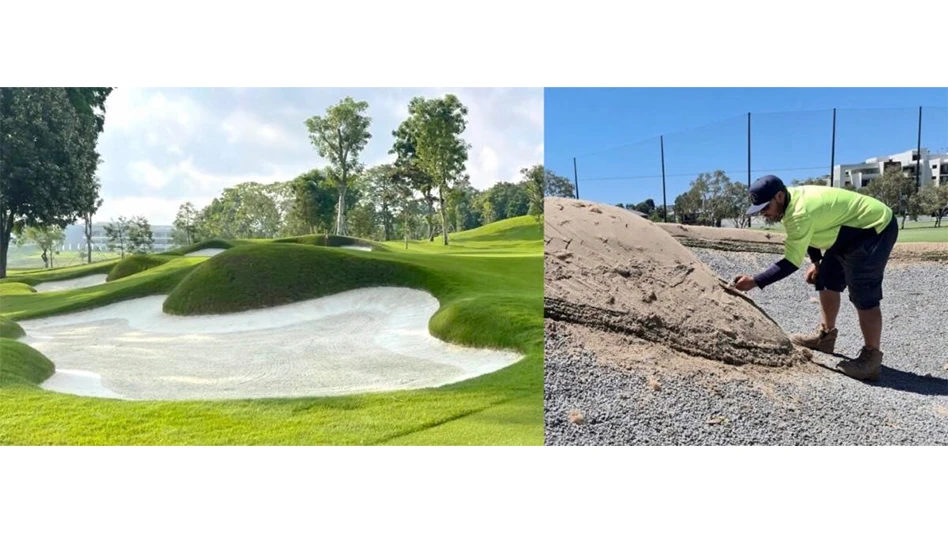|
|
Certainly the lack of new golf course construction in the United States has affected the irrigation industry, but unlike golf courses, golf course irrigation systems wear our out and do have to be replaced at some point. That necessity keeps the sales of irrigation equipment moving, but you are still seeing many systems that desperately need to be replaced not being replaced due to financial issues. Clubs have anticipated the need for a new irrigation system and have been saving their money and budgeting accordingly. These budgeted systems account for some irrigation systems in this and thew next few years. In the eastern U.S., there are more older courses, so the irrigation replacement market is a bit better. Once the system hits 40 years, it is difficult to keep it functioning. In the east, irrigation is also more supplemental in nature and therefore less expensive, which makes the installation cost of a new irrigation system more palatable from a cash flow standpoint. Some courses are under pressure to save water. That requires irrigation system improvements, or they will suffer from a reduction in playing conditions. The more competitive nature of the golf market both in the public sector and also now in the private club sector is forcing some courses to perform irrigation system improvements in order to attract play. As always, there is still somewhat of a “keep-up–with-the-Jones” attitude. However, it’s now more out of necessity than pride. Many courses – both public and private – are looking for ways of improving irrigation without replacing their whole irrigation system. These types of improvements include sprinkler-only replacement, control system upgrades and complete new pump stations or upgraded pump station controls. You will see this trend continue in 2012 and beyond. Moisture sensors, inexpensive investments to save water, are also being added to existing systems to help better schedule irrigation events. Although cost increases in materials are still occurring on a regular basis, irrigation installation costs are still well below their 2008 levels – as are the overall sales of irrigation equipment – but installation costs are climbing higher than they were in 2009 and 2010. Labor rates will probably rise slightly in 2012 but not very much. Irrigation system installation is still a good value, and this, along with a low interest rate, is motivating some sales from those courses that can afford it. Money will never be cheaper, so if you know a new irrigation system is needed why wait if the course can manage the cash flow? In 2012, more courses will start planning for a new irrigation system and may go as far as bidding out the project. But as we have seen the last three years, just because the project goes to bid is not guarantee the project will move to the construction phase. The bid may be just to get an idea of what it will cost, or may be higher than anticipated or the club may put it off for an additional year or two. Many businesses – and golf is no different – are hesitant to make large investments until the results of the 2012 elections are known.
Irrigation sales overseas continue at a healthy pace and have played a significant role in last year’s irrigation sales, but are slowing down with the rest of the industry as building in China. Irrigation systems overseas do not have all of the features that are seen in more developed countries and therefore the overall materials package is lower-priced than an equivalent 18-hole golf course in the U.S. Additionally, the overseas market is extremely competitive and margins for manufacturers are not as good as they are in other markets. 2012 looks to be status quo for the irrigation market, no large jump in sales, but thankfully probably not large drop either. At this point status quo is probably not all bad. |
Get curated news on YOUR industry.
Enter your email to receive our newsletters.
Explore the February 2012 Issue
Check out more from this issue and find your next story to read.
Latest from Golf Course Industry
- Toro continues support of National Mayor’s Challenge for Water Conservation
- A different kind of long distance
- Golf Construction Conversations: Stephen Hope
- EnP welcomes new sales manager
- DLF opening centers in Oregon, Ontario
- Buffalo Turbine unveils battery-powered debris blower
- Beyond the Page 66: Keep looking up
- SePRO hires new technical specialist

.jpg)






